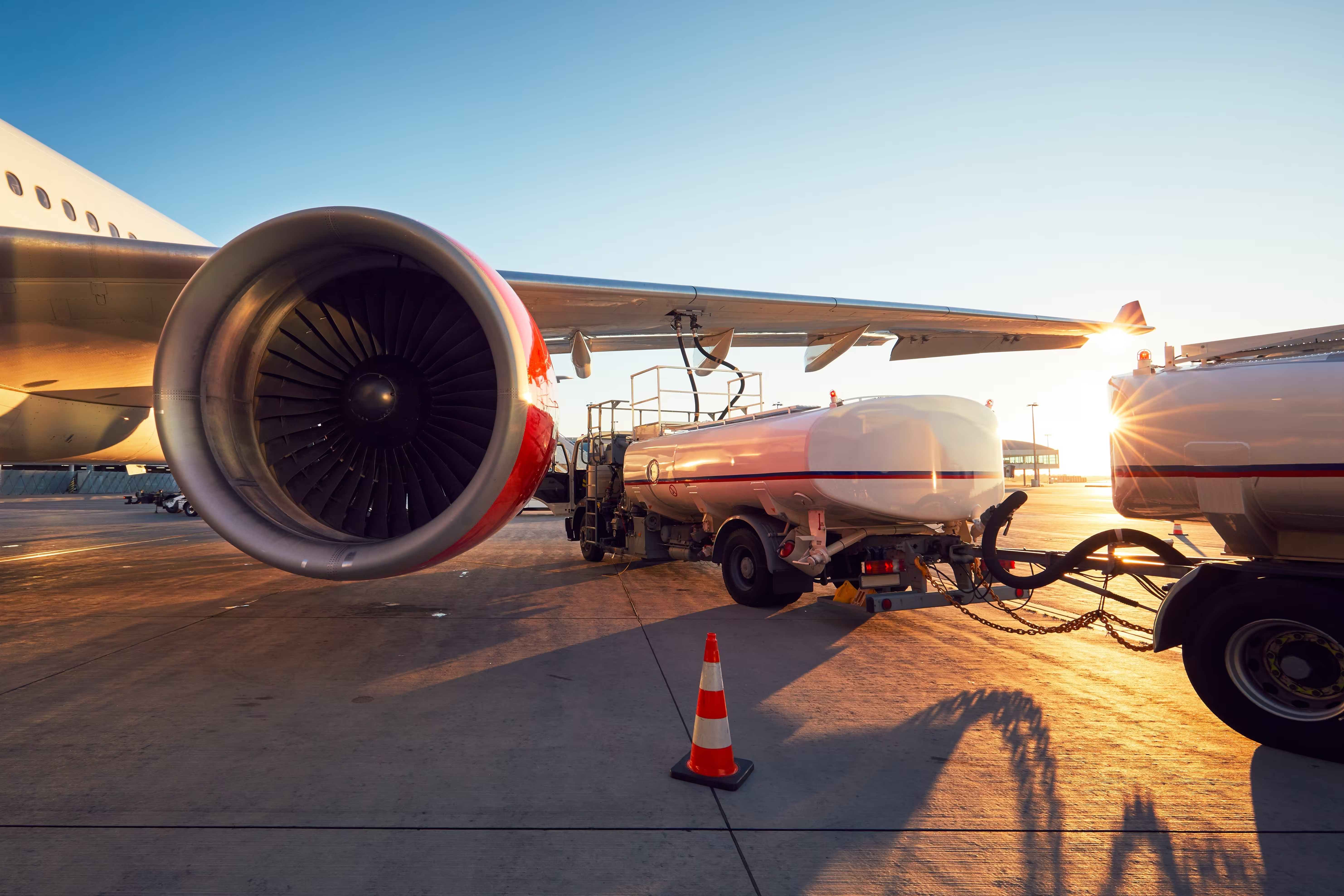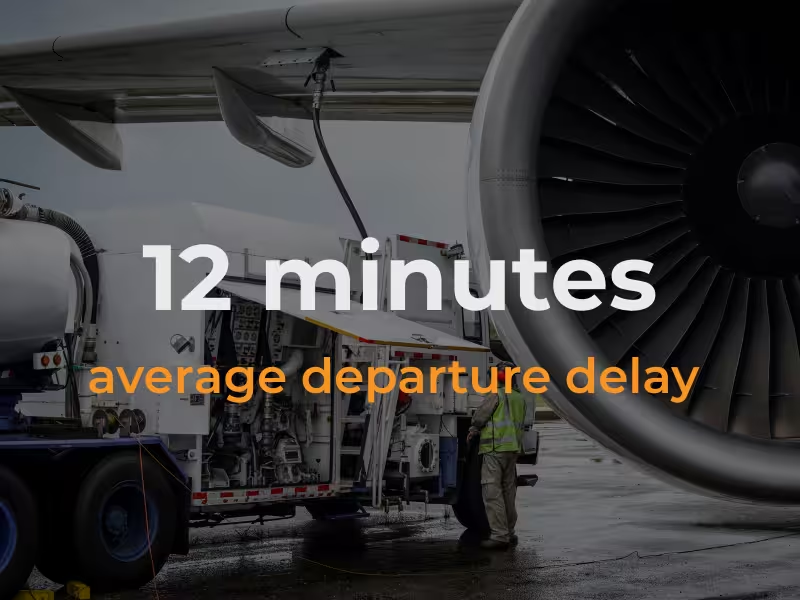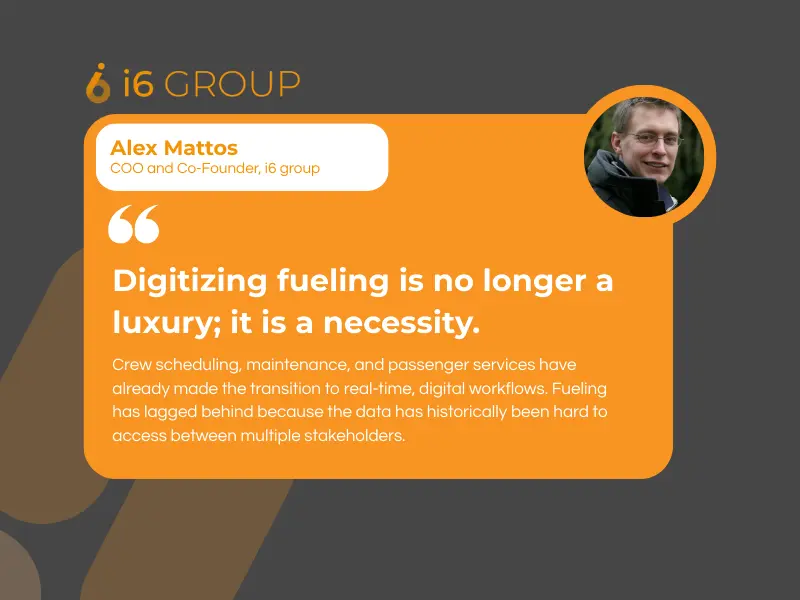
Ask any airline executive what matters most, and on-time performance (OTP) will be near the top of the list. OTP drives passenger satisfaction, route profitability, and brand loyalty. But one of the biggest threats to OTP is not weather or mechanical issues.
It is fueling.
Fuel operations remain one of the least digitized aspects of airline infrastructure. At many airports, dispatchers still rely on paper fuel receipts, spreadsheets, emails, phone calls, and end-of-month inventory reports to coordinate fueling. When a flight changes gates or arrives early, the fueling team often has no way of knowing. The result can be flight delays of 40 minutes or more just to get fuel to the right aircraft — and with each minute of delay costing airlines between $65 and $100 in direct operating costs (ValueG, Airlines.org), those minutes add up quickly.
This is not a one-off. It happens every day — contributing to an average departure delay of over 12 minutes per flight (All Things OTP).
And passengers notice. When fueling is late, the entire turnaround begins to unravel. Gates clog. Crews run out of hours. Connections are missed. What starts as a logistics issue quickly becomes a customer service crisis.

We have seen the difference digitization can make. At Manchester Airport in the UK, into plane operator North Air was manually entering flight data for more than 200 aircraft per day. After adopting i6’s digital fueling platform, they cut fuel-related delays by 92%.
A 10-minute fueling delay can exceed $1,000 in direct operating costs — before you even account for missed slots, crew overtime, and knock-on delays to other flights. Multiply that across a busy hub, and the risk to profitability becomes clear.
The value goes far beyond just avoiding delays. In the U.S., airlines typically manage the fuel ordering process end-to-end. With accurate data, airlines can verify that the amount of fuel ordered matches what was delivered and invoiced, preventing waste and enabling accurate reconciliation.
Outside the U.S., the fueling model is different. Airlines often operate on an ‘into-wing’ basis from the fuel suppliers to manage supply and delivery. These suppliers carry financial exposure every time fuel is dispensed before it is invoiced and paid for. The faster they can bill accurately, the lower their risk — not just financially, but also in meeting strict trade controls, sanctions, and tax regulations.
Airlines are often willing to negotiate payment terms, but only if they fully trust the numbers. Digital systems create that trust because both sides know the data is accurate and up-to-date.

Passengers may not know what caused their delay, but they remember how it made them feel. Fueling-related disruptions lower NPS, increase operational costs, and weaken trust. A single delay is frustrating. A pattern becomes a business risk.
Digitizing fueling is no longer a luxury; it is a necessity. Crew scheduling, maintenance, and passenger services have already made the transition to real-time, digital workflows. Fueling has lagged behind because the data has historically been hard to access between multiple stakeholders.
But that is no longer a valid reason. The tools exist. The results are proven. Airlines that act now will gain a performance edge and a stronger passenger experience.
The rest? They will still be at the gate, waiting for a refueling truck that should have arrived 40 minutes ago.